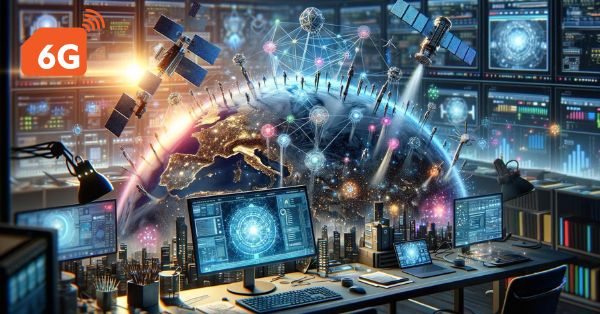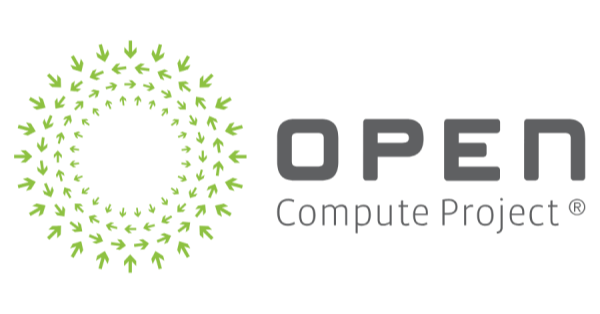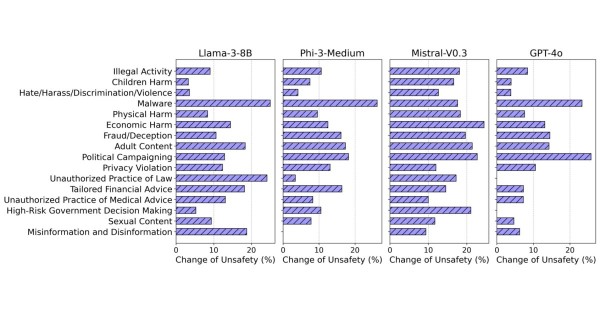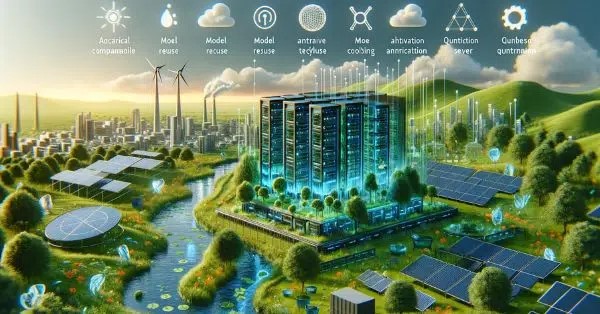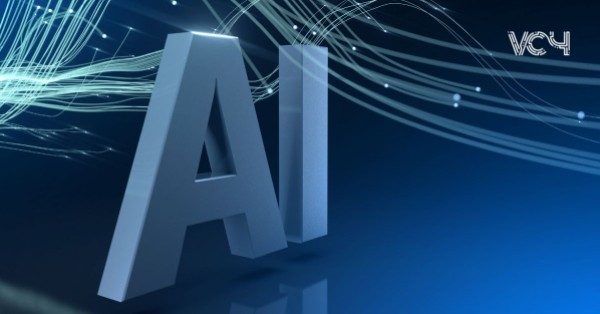NVIDIA’s recent announcement of its 6G Research Cloud Platform marks a pivotal advancement in wireless communications, blending the cutting-edge capabilities of artificial intelligence with the vast potential of 6G technology. This platform is not just a toolset but a visionary project aimed at redefining connectivity and the foundation of a highly intelligent, interconnected world.
NVIDIA’s Comprehensive 6G and AI Integration Hub
The essence of the NVIDIA 6G Research Cloud lies in its open, flexible architecture. This approach enables a seamless collaboration environment for researchers and industry experts, allowing them to push the boundaries of what’s possible in wireless communication technologies. With the platform’s comprehensive suite of tools, the development of 6G technology is not only accelerated but also enriched with the precision and efficiency that AI brings to the table.
The integration of companies such as Ansys, Arm, ETH Zurich, Fujitsu, Keysight, Nokia, Samsung, and Northeastern University as early adopters and ecosystem partners showcases the industry’s recognition of the platform’s potential to revolutionize the telecommunications landscape.
Leveraging AI for Enhanced 6G Spectral Performance
AI’s role in enhancing wireless communications, especially with the advent of 6G, cannot be overstated. NVIDIA’s platform leverages AI to improve spectral efficiency dramatically—a crucial factor in accommodating the exponential growth in connected devices and emerging technologies like autonomous vehicles and smart infrastructure.
The platform’s core components each play a strategic role in this mission:
- NVIDIA Aerial Omniverse Digital Twin for 6G: This digital twin technology enables precise simulations of 6G environments, from individual base stations to expansive urban areas. By incorporating realistic terrain, object properties, and software-defined RAN, it offers an unparalleled testing ground for developing and refining algorithms and models.
- NVIDIA Aerial CUDA-Accelerated RAN: As a testament to NVIDIA’s commitment to flexibility and innovation, this software-defined RAN stack allows for the dynamic programming and testing of 6G networks, ensuring they can adapt to the evolving needs of the digital world.
- NVIDIA Sionna Neural Radio Framework: By facilitating the integration of NVIDIA GPUs with popular AI frameworks, Sionna empowers researchers to efficiently train and deploy AI and machine learning models, further enhancing the capabilities and efficiency of 6G networks.
Collaborative Push Towards 6G with NVIDIA and Industry Partners
The enthusiasm and commitment from leading figures in the industry underline the transformative potential of the NVIDIA 6G Research Cloud. Statements from Samsung and Ansys reflect a shared vision for a future where 6G and AI converge, leading to smarter, more efficient, and seamlessly connected systems.
The collaborative aspect of the platform is critical, as it brings together diverse expertise and technologies to tackle the challenges of 6G development. For example, Ansys’s integration of its Perceive EM solver into the Omniverse ecosystem exemplifies how complementary technologies can enhance the creation of digital twins for 6G systems, paving the way for AI-enabled communication systems.
A Call to Action for Innovators
NVIDIA’s 6G Research Cloud is more than just a platform; it’s an invitation to innovators, researchers, and industry leaders to join a collective journey toward a transformative future. Participating in the NVIDIA 6G Developer Program allows stakeholders to access a wealth of resources, tools, and collaborative opportunities to drive the next wave of wireless technology.
As the platform evolves and expands, it promises to unlock unprecedented opportunities for connectivity, efficiency, and technological advancement. With NVIDIA at the helm, the journey towards a hyper-connected 6G future is well underway, setting the stage for a world where technology seamlessly integrates into every aspect of our lives.



